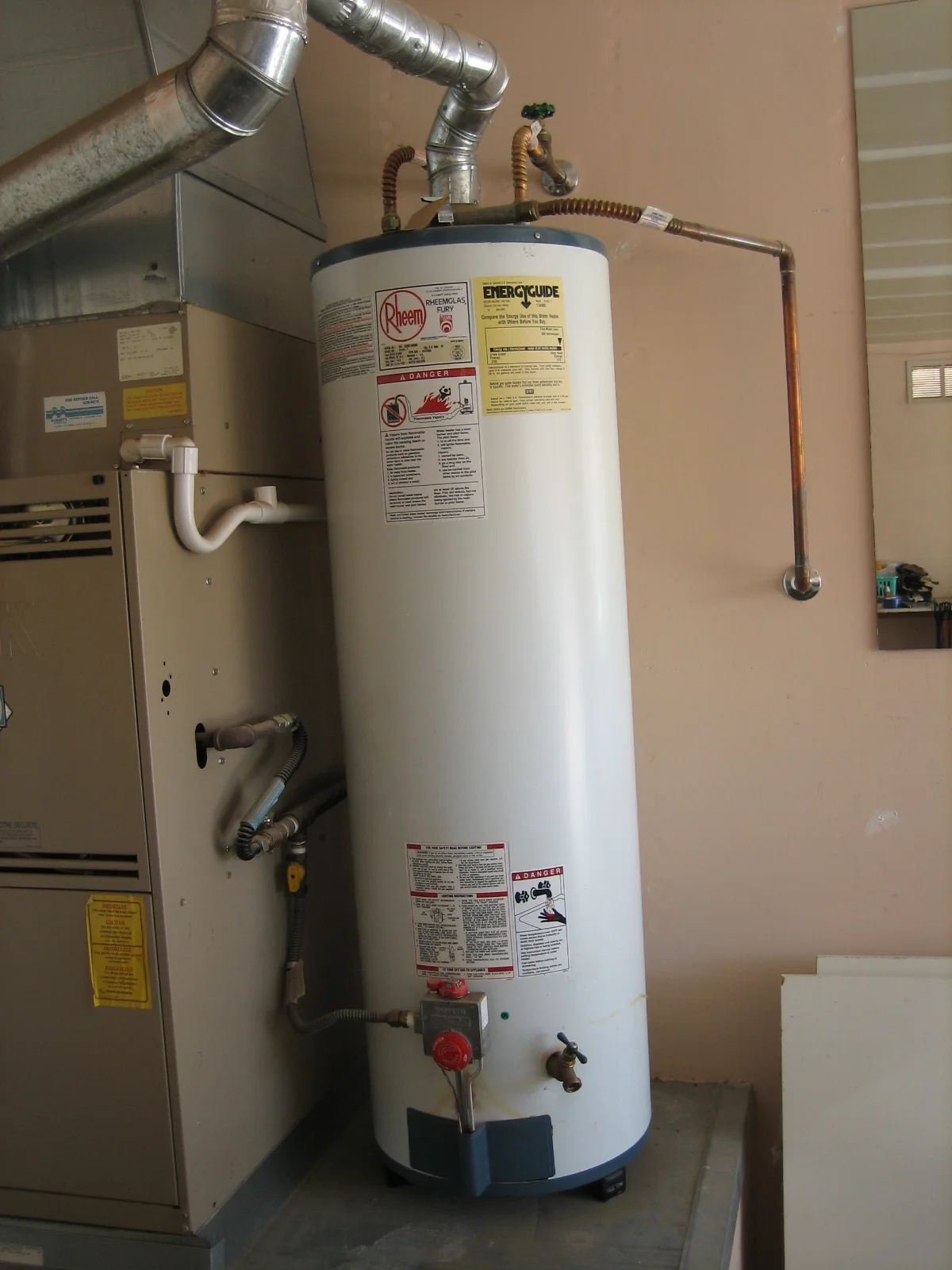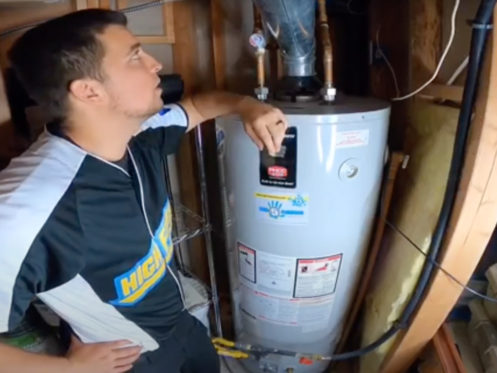Professional Guidance for Maintaining Your Home's Hot Water SystemSteps on How to Maintain Your Home's Hot Water System ProperlyMaking Sure Durability of Your Home's Hot Water System: Care Tips
Professional Guidance for Maintaining Your Home's Hot Water SystemSteps on How to Maintain Your Home's Hot Water System ProperlyMaking Sure Durability of Your Home's Hot Water System: Care Tips
Blog Article
Are you currently looking for help and advice involving Water Heater Maintenance Tips You Can't Afford to Forget?

Hot water is important for everyday comfort, whether it's for a revitalizing shower or washing recipes. To guarantee your warm water system runs effectively and lasts longer, routine maintenance is crucial. This write-up supplies functional tips and insights on how to keep your home's warm water system to prevent interruptions and costly repairs.
Introduction
Keeping your home's warm water system could appear complicated, but with a few simple actions, you can guarantee it runs smoothly for many years to come. This guide covers everything from recognizing your warm water system to do it yourself maintenance tips and knowing when to employ expert assistance.
Importance of Keeping Your Warm Water System
Routine maintenance not only expands the life expectancy of your hot water system but additionally guarantees it operates efficiently. Disregarding maintenance can lead to decreased effectiveness, higher power costs, and even premature failing of the system.
Indications Your Hot Water System Demands Maintenance
Knowing when your warm water system requires focus can prevent significant problems. Look out for indicators such as inconsistent water temperature, unusual noises from the heating system, or rusty water.
Recognizing Your Hot Water System
Prior to diving into maintenance jobs, it's useful to recognize the fundamental components of your warm water system. Usually, this consists of the water heater itself, pipelines, anode rods, and temperature level controls.
Regular Monthly Maintenance Tasks
Routine monthly checks can aid catch small issues prior to they escalate.
Purging the Water Heater
Purging your hot water heater eliminates sediment build-up, enhancing efficiency and prolonging its life.
Monitoring and Replacing Anode Rods
Anode poles avoid deterioration inside the tank. Checking and changing them when worn is critical.
Inspecting and Changing Temperature Level Settings
Changing the temperature level setups ensures optimum performance and safety and security.
DIY Tips for Upkeep
You can do several upkeep tasks on your own to keep your warm water system in top problem.
Checking for Leakages
Frequently examine pipelines and links for leaks, as these can cause water damages and higher expenses.
Checking Stress Relief Valves
Examining the pressure safety valve ensures it operates correctly and stops excessive stress build-up.
Protecting Pipelines
Insulating warm water pipes minimizes warmth loss and can save power.
When to Call a Professional
While DIY upkeep is valuable, some concerns call for professional knowledge.
Facility Concerns Requiring Professional Assistance
Examples include significant leakages, electrical issues, or if your hot water heater is regularly underperforming.
Regular Specialist Maintenance Advantages
Specialist upkeep can include extensive examinations, tune-ups, and making certain compliance with security criteria.
Verdict
Routine upkeep of your home's warm water system is necessary for effectiveness, durability, and expense savings. By complying with these ideas and understanding when to look for specialist help, you can guarantee a trusted supply of warm water without unanticipated disturbances.
How to Maintain an Instant Hot Water Heater
Before tinkering with your hot water heater, make sure that it’s not powered on. You also have to turn off the main circuit breaker and shut off the main gas line to prevent accidents. Also turn off the water valves connected to your unit to prevent water from flowing into and out of the appliance. 2. When you’re done, you have to detach the purge valves’ caps. These look like the letter “T” and are situated on either side of the water valves. Doing so will release any pressure that has accumulated inside the valves while at the same time avoid hot water from shooting out and burning your skin. 3. When the purge valves’ caps are removed, you have to connect your hosing lines to the valves. Your unit should have come with three hoses but if it didn’t, you can purchase these things from any hardware or home repair shops. You can also get them from retail stores that sell water heating systems. Read the user’s manual and follow it to complete this task properly. When the hosing lines are connected, open the purge port’s valves. 4. You should never use harsh chemical cleaners or solutions when cleaning your unit. Make use of white vinegar instead. It should be undiluted and you’ll probably use about 2 gallons. 5. Now flush your water heater. This task should probably take about 40 minutes. We can’t give you specific directions for this because the procedure is carried out depending on the type, model and brand of your heater. With that being said, refer to the user’s manual. 6. When you’re done draining the unit, you have to turn off the purge port valves again. Remove the hosing lines that you earlier installed on each of the water valves. Put the valve caps (purge port) back in their respective places and be very careful so as not to damage the rubber discs that are found inside these caps. 7. Now that everything’s back in place, check your user’s manual again to find out how to reactivate your water heating system. 8. Once it is working, turn one of your hot water faucets on just to let air pass through the heater’s water supply pipes. Leave the tap on until water flows smoothly out of it. https://www.orrplumbing.com/blog/2014/september/how-to-maintain-an-instant-hot-water-heater/

Do you really like reading up on Tips on Maintaining a Water Heater? Write feedback further down. We'd be happy to listen to your responses about this blog post. We are looking forward that you come back again later on. Are you aware of anybody else who is involved in the topic? Be sure share it. Many thanks for your time. Come back soon.
Contact Us Report this page